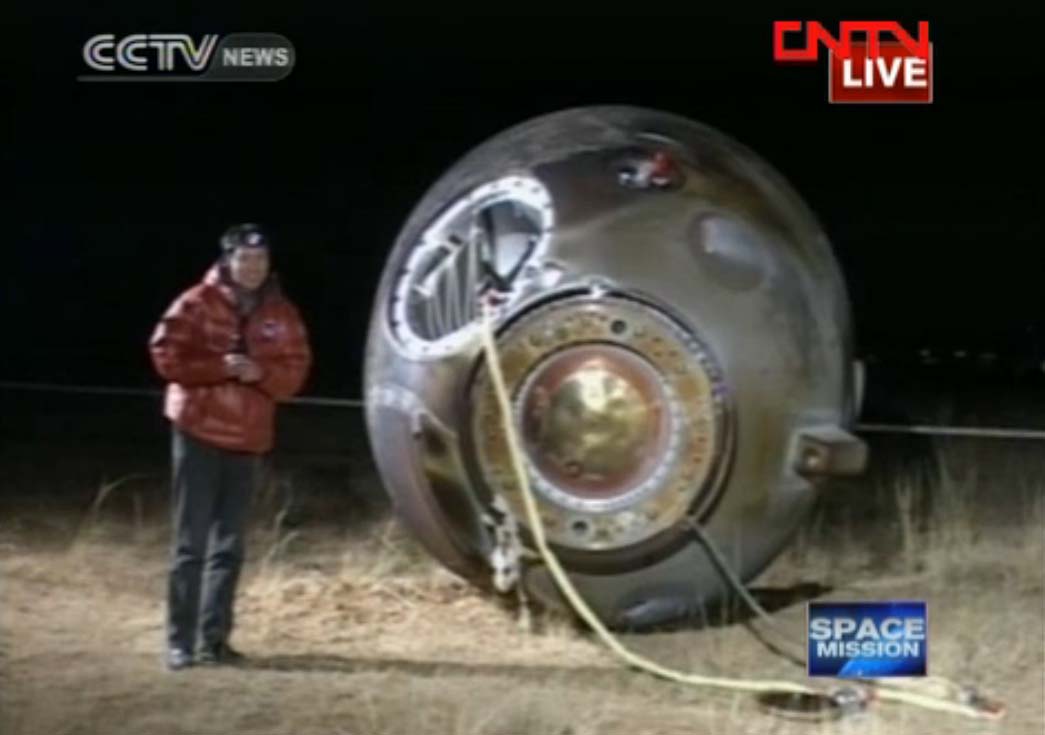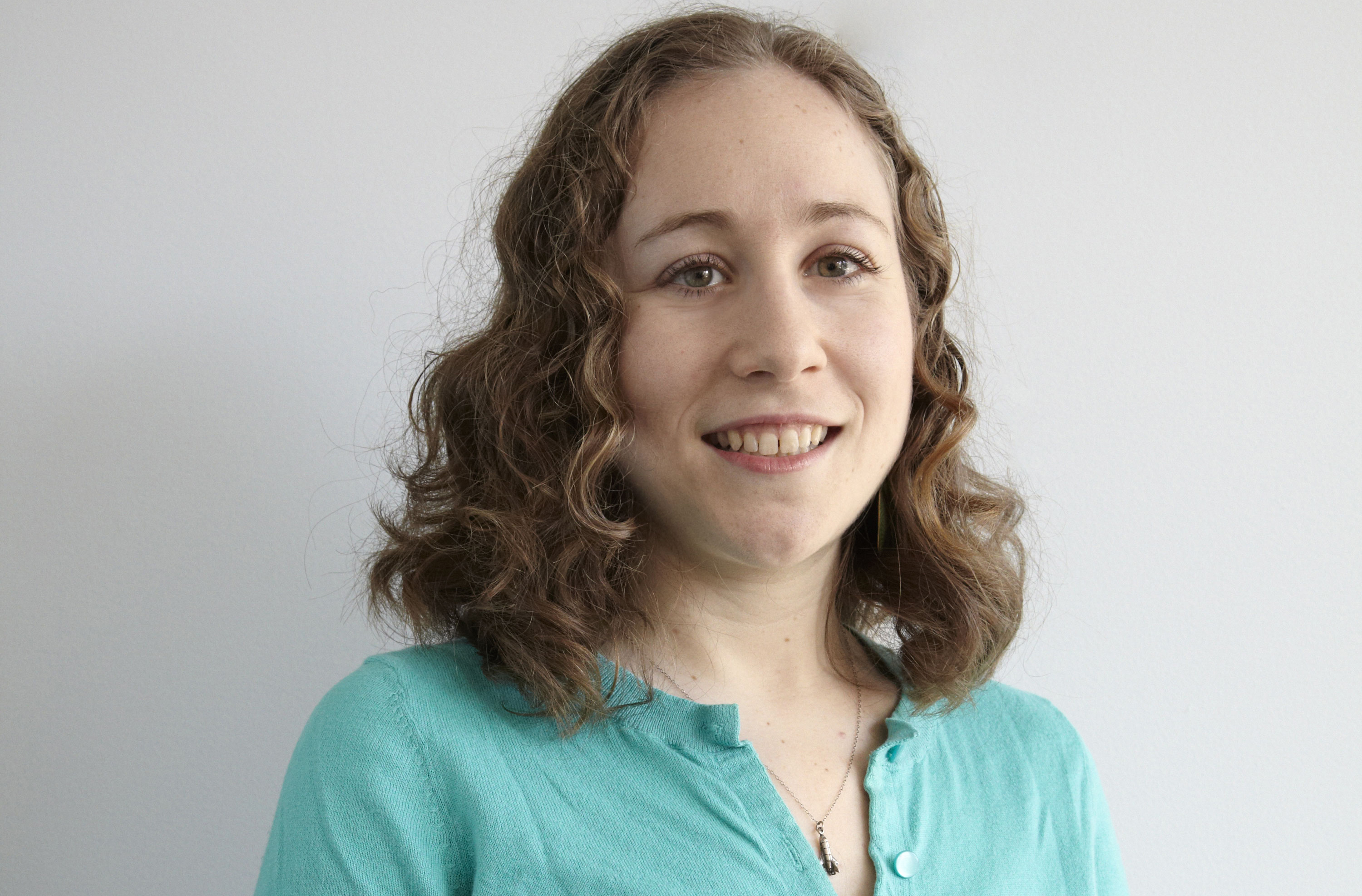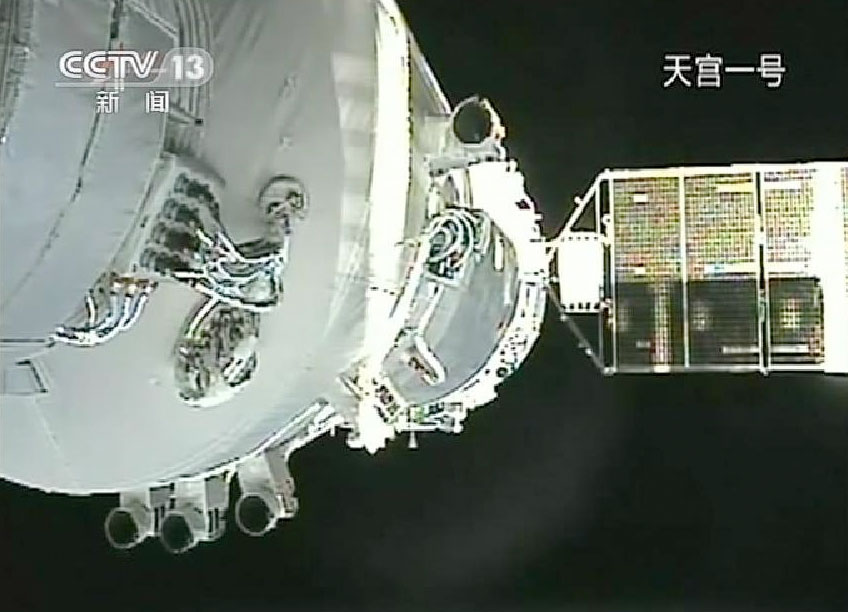Chinese Space Capsule Lands After Successful Docking Test Flight

China's Shenzhou 8 spacecraft, the first Chinese vehicle to conduct a space docking, returned to Earth Thursday (Nov. 17) after a successful mission.
The spacecraft was an unmanned version of the ship that carries Chinese astronauts (known as taikonauts) to space. It landed in Inner Mongolia after 18 days in space. A search and recovery team was deployed to collect the vehicle.
Shenzhou 8 began its mission on Oct. 31, launching atop a Chinese Long March 2F rocket from the Jiuquan Satellite Launch Center in Inner Mongolia. While in orbit, Shenzhou 8 rendezvoused with China's robotic Tiangong 1 spacecraft, which had launched weeks earlier on Sept. 29.
After orbital tests, the two spacecraft linked up in China's first ever docking maneuver on Nov. 2. The autonomous docking went apparently smoothly, and was hailed as a major space technology success in China, even inspiring love poetry.
After Shenzhou 8's landing, China's Vice Premier Zhang Dejiang delivered a congratulatory note from the country's top authorities celebrating the triumph of the docking mission, according to state news agency Xinhua. The commander of China's manned space program, Chang Wanquan, called Shenzhou 8's mission "a complete success."
After the first docking, Shenzhou 8 and the attached Tiangong 1 module continued to orbit together for another two weeks, and on Nov. 14, the spacecraft separated and then docked again for a second test of their rendezvous abilities.
China plans to conduct two more docking missions in 2012 with Tiangong 1, which is a prototype module for a Chinese space station. One of the next planned dockings will involve a manned Shenzhou spacecraft, Chinese officials said. Shenzhou 8 launched with 2 mannequins in spacesuits aboard, instead.
Breaking space news, the latest updates on rocket launches, skywatching events and more!
The docking maneuvers are an important step for China's developing space program. The nation is only the third country, after Russia and the United States, to independently launch humans to orbit.
China has stated its goal of building a manned Chinese space station by the year 2020. In order to construct such a facility, the ability to dock two spacecraft is a vital capability.
You can follow SPACE.com assistant managing editor Clara Moskowitz on Twitter @ClaraMoskowitz. Follow SPACE.com for the latest in space science and exploration news on Twitter @Spacedotcom and on Facebook.

Clara Moskowitz is a science and space writer who joined the Space.com team in 2008 and served as Assistant Managing Editor from 2011 to 2013. Clara has a bachelor's degree in astronomy and physics from Wesleyan University, and a graduate certificate in science writing from the University of California, Santa Cruz. She covers everything from astronomy to human spaceflight and once aced a NASTAR suborbital spaceflight training program for space missions. Clara is currently Associate Editor of Scientific American. To see her latest project is, follow Clara on Twitter.


